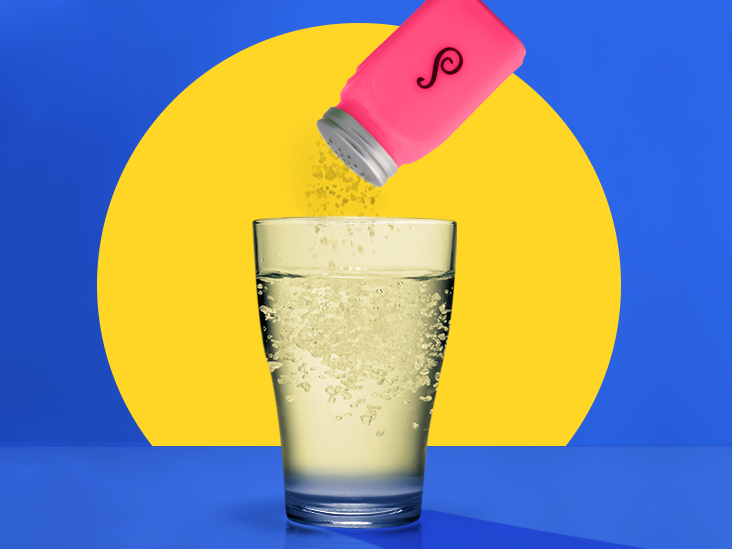

If levels fall below 30 ppm, add stabilizer.

An ideal level of 30–50 ppm is recommended to prevent the salt cell from overworking. Every salt system manufacturer recommends adding stabilizer or conditioner to protect the chlorine against quick degradation by the sun.

Use water balancers to adjust your water into the proper ranges.Ĭyanuric Acid levels are very important for saltwater chlorinators. Most recommend an ideal pH of 7.4–7.6 (7.2–7.8 acceptable), Total Alkalinity between 80–120 ppm, and Calcium Hardness around 200–400 ppm. For saltwater pools, follow the water chemistry recommendations of your salt cell manufacturer. But we recommend replacing them with fresh materials at the beginning of each swim season to ensure the most accurate test results. Test kit reagents and test strips generally last for 1–2 years, if kept in a dark and cool location. Unbalanced pool water is especially prone to staining and scaling issues, and shocking the pool can exacerbate the issue if the water isn’t properly treated.īe sure to use a reliable test kit, such as the Taylor K-2005 or the AquaChek Select 7-Way Test Strips, to measure your water balance. If you have any metals, excess calcium, or (in the case of saltwater pools) high Total Dissolved Solids, this extra step will help keep them in solution so they don’t adhere to pool surfaces. Start by adding a stain and scale preventative, such as Stain Away or Metalfree. When all the tests are within the proper ranges, your pool water is considered balanced. Balance the Water Chemistryīefore we ask the salt cell to start generating chlorine, the saltwater chemistry must be tested and adjusted when you open your pool. Inspect your entire system for anything dripping or leaking.ĭo NOT turn on the salt cell just yet! We’ll get to that in a bit. When the air relief valve starts to spray water, close it. Watch the filter pressure closely-if it spikes to over 30 psi, shut off the pump quickly, and find out why. Switch the multiport valve to the “Filter” position, and turn the pump back on. Then turn off the pump, and empty the pump basket. Run for several minutes with all lines fully open. Open the filter’s air relief bleeder valve on top of the filter tank, and turn on the filter pump. This lets you discharge any pool antifreeze or winter gunk from the lines. If you have a multiport valve, set it to the “Drain to Waste” or “Backwash” position, and roll out the backwash hose. Check one more time that everything is tight, all the winterizing plugs have been removed, and system valves are open. Fill the pump with water, or for above ground pools, just open the valve to flood the pump basket. Start Up the Systemīefore you can restart your pool system, you first need to prime the pump. In most cases, this is about halfway up the mouth of the skimmer. At this point, you’re ready to add water back into the pool so it returns to normal levels. You will know the lines stayed empty if water rushes in to fill the pipes as you remove the plugs. Your skimmers, wall returns, and cleaner lines should have been plugged tightly throughout the winter. Once your equipment and pool lines are all set, remove the pool plugs. Open all valves so the water can flow freely through the filter system. Plug the controller into the outlet, but keep the salt system OFF for now.Ĭheck over the entire pool equipment and plumbing system, and test the tightness of all clamp bands, hose clamps, unions, and other connections. Tighten salt cell unions fully, and plug the salt cell into the controller. If you removed your salt cell for the winter, place it back in position with a small bit of pool lube on the union o-rings. Apply pool lube to the pump lid o-ring, and replace the pressure gauge on the pool filter, if needed. Reconnect any pool equipment you removed for the winter. If your drain plug has a gasket or o-ring, check to see if they’re in good condition, and add a small amount of silicone pool lubricant. Use fresh Teflon tape on the threads to make sure the plugs are nice and snug. Once that’s done, replace the drain plugs on all pool equipment. The first step is to remove the pool cover, clean it, dry it, and store it somewhere rodents and insects can’t get into it. You could also call it “summer-izing” the pool-un-winterizing is the reverse of the winterization process. It’s just a few steps in the middle that require some rethinking. It starts the same way as every other pool opening, and ends nearly the same way. Starting up a saltwater pool is similar to opening a regular pool, but there are some distinct differences that should be noted.


 0 kommentar(er)
0 kommentar(er)
